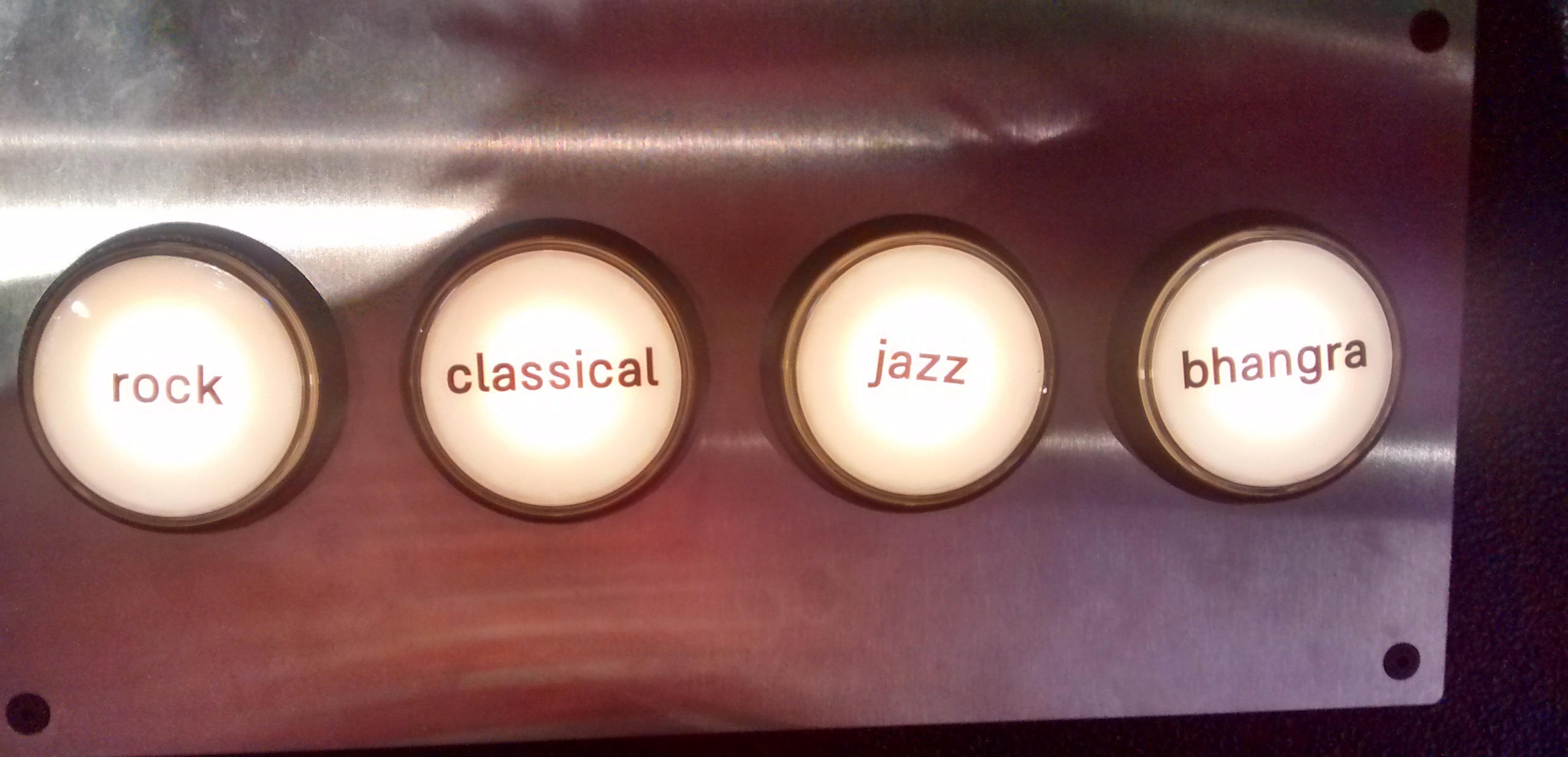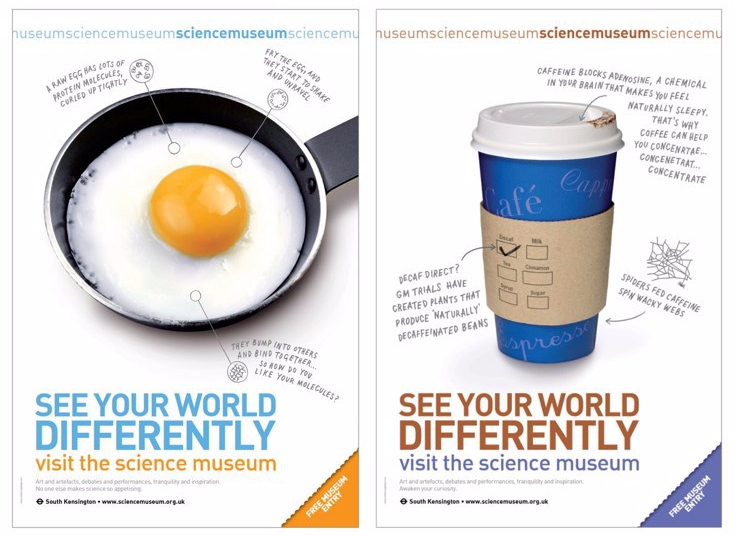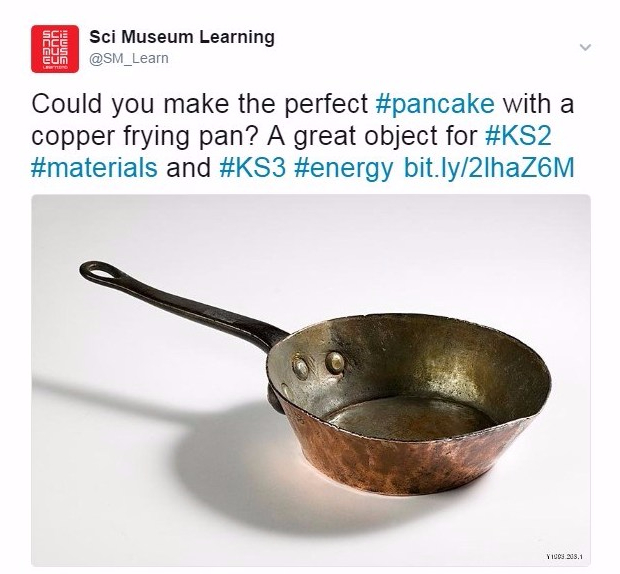Our museums have the opportunity to show visitors that science is not just something that you learn about in school. We are a place where our visitors can experience the wonder of scientific principles first-hand in our interactive galleries and can explore inspiring stories behind the engineering and technology that has helped to make our lives easier.
The more that we can make these science experiences feel personal to our visitors by using everyday examples that they can relate to, the more we hope they will recognise science when they ‘bump’ into it wherever they are – whether that is in school, at home and in their local neighbourhood and community.
One of the biggest challenges we have as a museum, is that every person who comes through our doors is different, and what is an everyday example and relevant to one, will not be the same for another. We can’t make assumptions of what people’s interests and experiences are and need to critically consider if the examples we use are in fact, everyday for everyone.
The best opportunity that we have to make our experiences as personal to our visitors as possible is through 1:1 interactions with them. Through talking and getting a sense of what interests and experiences they have, we can find ways to help visitors to make those links. Ultimately what we are looking for is that ‘aha’ moment, that spark of recognition that science is something that really does have value ‘to me’.
This is why one of our science engagement reflections is to find ways to use everyday examples to personalise experiences wherever we can. Here are a few examples of ideas we have been trialling and some examples of best practice that we have found on our travels.
On gallery…
With the closure of the Science Museum’s interactive Launchpad gallery and the opening of Wonderlab: The Statoil Gallery, we had the opportunity to reflect on the science capital research to help us to review and update our exhibit labels.
Below are the original and new labels for our Icy Bodies exhibit. The original label had a clear summary of the science behind the exhibit, however it didn’t help visitors to make a connection to something they might experience in their life.
So, we wanted the new label to highlight that the exhibit isn’t just an experience you can have in the gallery, but that there are everyday practical applications for dry ice. But even this challenged our thinking. The original ‘everyday example’ that we considered was to explain how dry ice is commonly used for creating special effects at the theatre – but we reflected that not all visitors will have had an experience of going to the theatre, and so we changed the example how dry ice is used for creating special effects on TV or in the cinema to help more people recognise that link.

Reflecting the culture of a local community
Bradford, the home of our National Science and Media Museum is a multicultural city, with a large Asian community. To reflect the diversity of cultural interests, this exhibit in their new Wonderlab gallery, allows visitors to select from a range of sample music that reflected their broad local interests.

Hands on activities (resources)
When we were redeveloping our hands on activities we introduced a new section called Science in your world so that we could highlight that the activity isn’t just a ‘fun’ thing to do. We wanted to show where you would see or experience the science principles in the activity in your everyday life. The example below shows the instructions for our original Rocket Mice activity, and a section from the updated activity.

Marketing and communication
A lot of good marketing campaigns hook you in because they feel relevant to your experiences and make you want to find out more about it. The Science Museum ran a campaign back in 2011 was called ‘See your world differently’ which focused on everyday things and highlighted some of the ‘science stories’ about them. Seeing how science is part of our daily life certainly inspired a lot of interest and curiosity.

Social media
On Pancake Day (Shrove Tuesday), we knew that there would be people up and down the country in their kitchens making pancakes together. We used this opportunity to link an object from our collection with a property of materials that is used in peoples homes everyday.
Our next steps…
The science capital research has deepened our understanding of how our visitors’ cultural references and interests affect their engagement with science. To help us reflect the experiences of our more infrequent or absent museum visitors, we are talking and working with families from communities who are local to us. We are looking to understand more about their interests, values and aspirations, and to hear their personal stories about our collections. From this work we hope that we will identify ‘everyday examples’ that will help them feel more welcome and connected to what we do . We will share this research in a future post.
How do you make your experiences connect and relate to visitors rich and diverse interests, experiences and everyday lives?
2 comments on “Science engagement reflection tool: Using everyday examples”